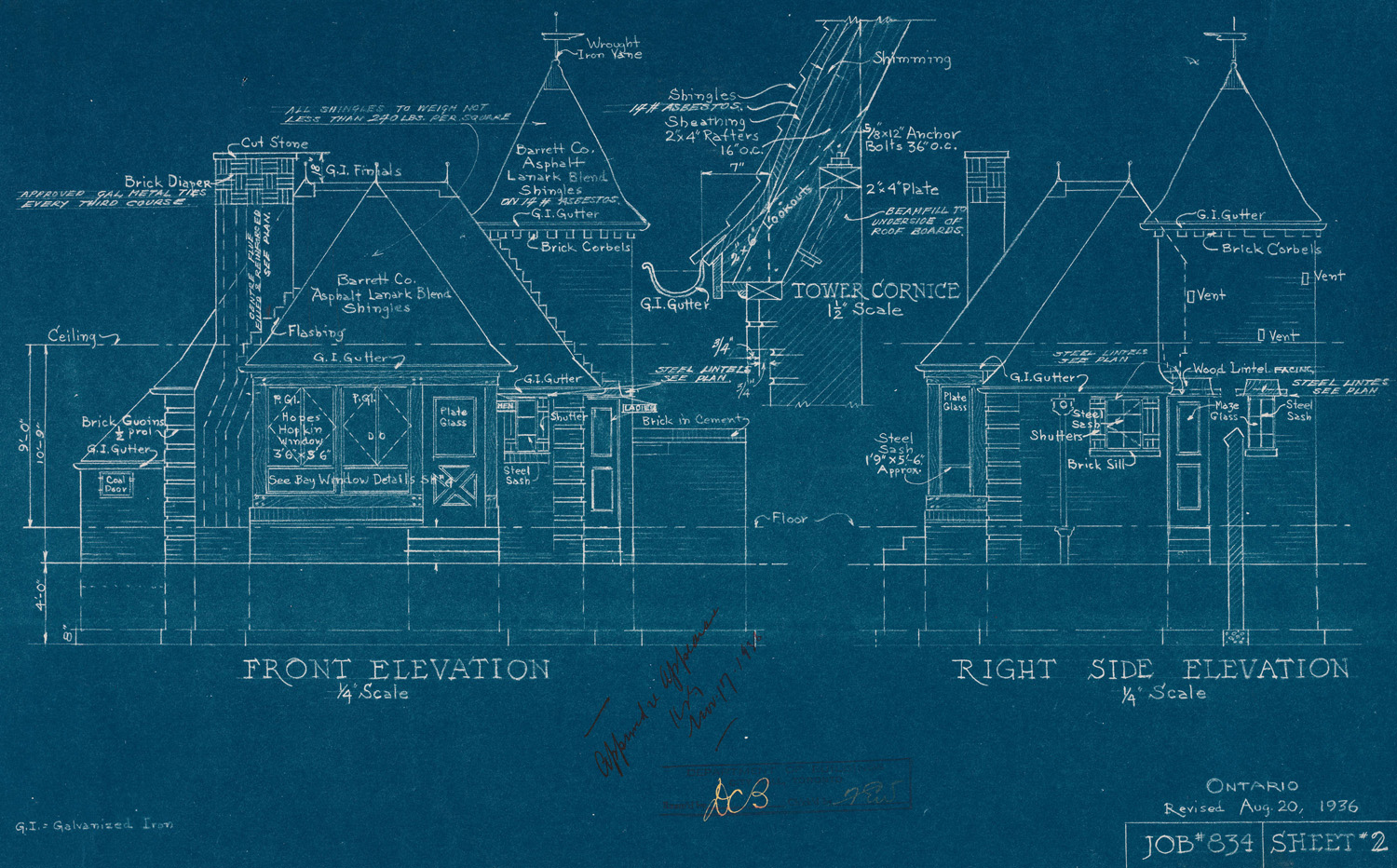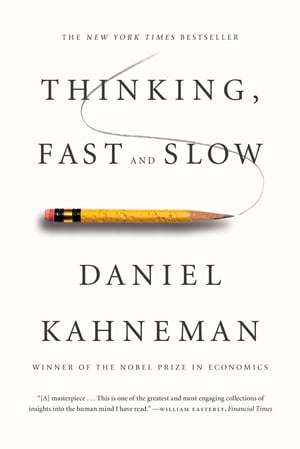
Phase 0
Written by Jared Hillam

Thinking Slow

Daniel Kahneman, the best selling author of Thinking, Fast and Slow described two types of thinking which are innate to the human condition. The first kind of thinking is Fast thinking, which is driven by instinct and intuition. Whereas slow thinking is the methodical and analytical side of the human brain.
When trying to solve a problem the brain engages fast thinking first, and if enough time is spent the slow thinking will kick in and validate the answer. You can test this by solving some puzzles. Here’s a classic one which more than half of Harvard College students get wrong:
If a baseball and a bat cost $1.10 together, and the bat costs $1.00 more than the ball, how much does the ball cost?
If you said 10 cents then you would be wrong… This is your fast thinking talking.
The correct answer is 5 cents.
Rather than fill this article with the step by step, I’ll let you explore more here: http://www.businessinsider.com/question-that-harvard-students-get-wrong-2012-12
The real revelation that I had while reading Daniel Kahneman’s book is that organizations also have the same tendency. Existing processes and procedures act as the same rapid knee jerk neurons that we humans experience in fast thinking. Not long ago we had a meeting with a prospect who had been hacked. The executive entered the meeting dazed, and He told us that a hacker had sent an email with the CFO’s email address to their Accounts Payable department. The Accounts Payable department wired $50,000 to a “vendor” as instructed in the email. Only a few days later did they find out what had happened. The whole event got me wondering, “If organizations have fast thinking can they also experience slow thinking?”
I believe the answer is yes.
I think what often triggers slow thinking in companies is fresh blood. Simply because the muscle memory of, “this is how we do it” haven’t sunk in. Another is at the beginning of a strategic initiative. If such an initiative hasn’t been tainted by the pre-purchase of software, there is a short moment where the art of the possible can be explored. At Intricity we call this Goldilocks zone a Phase 0 assessment.
Phase 0 Roles
For Intricity, a Phase 0 is all about building the repeatable foundation for turning raw data into actionable information, and having that become an instrument to drive the culture you want. Doing that requires a cross functional perspective of the organization. One which stops the maniacal focus on the raw data alone, and asks the questions about what the organization wants to accomplish. Not in a silo, but across the process owners.
Facilitator/Solution Architect
The facilitator in your Phase 0 assessment is perhaps the most important person on the team. He or she is going to set the tone to ensure that type 2 thinking is what is driving the decisions. Perhaps unsurprisingly, the role of a facilitator is not something that you get out of a textbook. If it were you’d see more of them. In my entire career, now approaching 20 years, I've only met two people that excel at this role. The odd mix of charisma, humility, and deep expertise have to be embodied in the same person to ensure that team members succeed at getting into deep thinking about their world and sometimes even redefining it.

Data Architecture
The role of the data architect is to blueprint the fundamental building blocks for assembling consistent data, and answers to questions. These building blocks are where the final conformed attributes of data will live, which we call a data model. The data gets loaded into this conformed model in later phases.
Without conforming this data, your organization would end up with data silos inside each application system. Each silo would have its own perspective of the customer interaction. (sound familiar?) In order to obtain a mission level view of the data, the various silos need to intersect consistently and conform to analytical components (dimensions or attributes) which the business can use to assemble analytics over the long term.
Other Team Members
There are often other supporting team members to a Phase 0 project depending on the size of the organization or the scope of the effort. These are team members like Project Managers, Technical Business Analysts, Data Integration Architect, etc.
Phase 0 Effort
Intricity facilitates a series of interviews with the process owners in your organization. This begins to surface the data elements that the process owners have mutual interest in, and outlines the remaining gaps to conform additional subject matters after the first one is deployed. After the interviews and follow up discussions have occurred Intricity prepares an executive summary with the appropriate artifacts which document the data model, reference architecture, roadmap, and data requirements matrix.
What surprises most people is that this first phase is typically measured in weeks not months.
Phase 0 Preparation
Preparing for a Phase 0 will require some preparation on your part. Here’s a list of some things to prepare for:
- Two weeks prior to engaging Intricity, contracts need to be signed and ready to go
- Schedules need to be established with the process owners and stakeholders
- A 1 hour kick off call (or on site meeting) needs to be planned with all the team members involved. We discuss the pain that the organization is dealing with, and the purpose of the Phase 0 Assessment
- A 90 minute meeting is planned with each process owner together with their team
- Some availability also needs to be planned in order to review some follow up questions. This is because as Intricity begins talking with other process owners, new questions arise
- A final meeting needs to be planned with the Stakeholders of the organization to present Intricity’s findings, conceptual model, reference architecture, roadmap, data requirements matrix, and the estimated cost of the development phases
Who is Intricity?
Intricity is a specialized selection of over 100 Data Management Professionals, with offices located across the USA and Headquarters in New York City. Our team of experts has implemented in a variety of Industries including, Healthcare, Insurance, Manufacturing, Financial Services, Media, Pharmaceutical, Retail, and others. Intricity is uniquely positioned as a partner to the business that deeply understands what makes the data tick. This joint knowledge and acumen has positioned Intricity to beat out its Big 4 competitors time and time again. Intricity’s area of expertise spans the entirety of the information lifecycle. This means when you’re problem involves data; Intricity will be a trusted partner. Intricity's services cover a broad range of data-to-information engineering needs:
What Makes Intricity Different?
While Intricity conducts highly intricate and complex data management projects, Intricity is first a foremost a Business User Centric consulting company. Our internal slogan is to Simplify Complexity. This means that we take complex data management challenges and not only make them understandable to the business but also make them easier to operate. Intricity does this through using tools and techniques that are familiar to business people but adapted for IT content.
Thought Leadership
Intricity authors a highly sought after Data Management Video Series targeted towards Business Stakeholders at https://www.intricity.com/videos. These videos are used in universities across the world. Here is a small set of universities leveraging Intricity’s videos as a teaching tool:

Talk With a Specialist
If you would like to talk with an Intricity Specialist about your particular scenario, don’t hesitate to reach out to us. You can write us an email: specialist@intricity.com
(C) 2023 by Intricity, LLC
This content is the sole property of Intricity LLC. No reproduction can be made without Intricity's explicit consent.
Intricity, LLC. 244 Fifth Avenue Suite 2026 New York, NY 10001
Phone: 212.461.1100 • Fax: 212.461.1110 • Website: www.intricity.com

